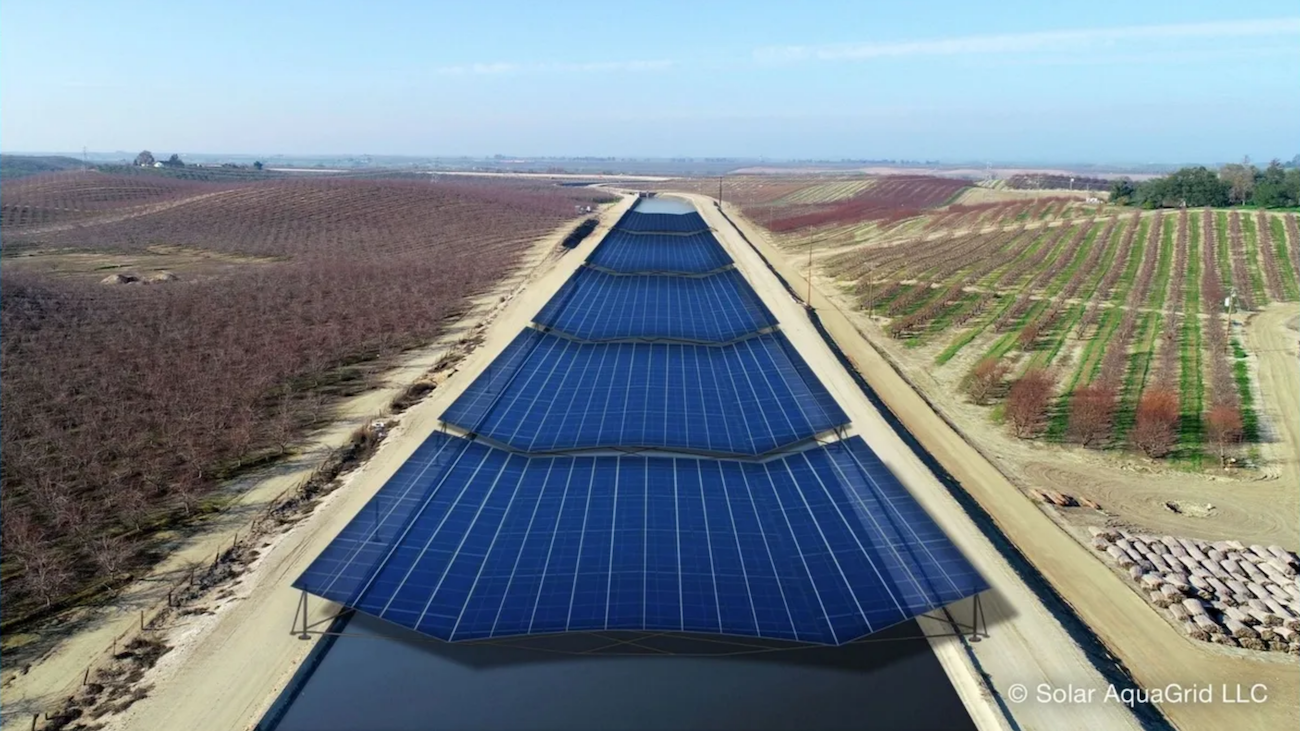The transformative potential of modern technology in field-service management is not often discussed, but the trends seen at the moment are having a major impact nonetheless.
From employing AI tools and video-chat integrations to navigating mobile technologies and IoT advancements, these upcoming trends promise a heightened level of efficiency and customer satisfaction for service-driven businesses. So let’s look a little closer at this exciting evolution together.
Transforming Customer Service with AI-assisted Tools in Field-Service Management
Customer service is being enormously improved through Artificial Intelligence (AI) within field-service management, just as this tech is impacting other areas as well. Here are some ways that this transformation happens:
- By automating mundane tasks: AI can handle scheduling, invoicing, and dispatch logistics, freeing employees to focus on roles requiring the human touch.
- Enabling predictive maintenance: Integrated AI systems use algorithms to interpret data trends and predict equipment failure before it occurs. This enables issues to be addressed ahead of time, minimizing costly downtime.
- Intelligent Chatbots: Automated customer interfacing allows for faster issue resolution by troubleshooting minor problems without needing human intervention.
In short, integrating sophisticated tech into your service management system enhances overall operational efficiency while skyrocketing customer satisfaction levels. The future of field services resides not just in adopting digital tools but in truly harnessing their transformative capabilities.
Going Mobile: How Portable Technology Shapes Modern Field-Service Solutions
The ubiquity of mobile devices has significantly influenced field-service management, enabling professionals to stay connected and perform their tasks efficiently from anywhere. Here’s how this shift toward mobility is redefining the industry:
- Real-time updates: Synced with cloud-based software, employees in the field can receive immediate notifications about job changes, new client information, or company updates.
- Deploying mobile checklists: This facilitates standardized service delivery by ensuring every step is followed thoroughly without overlooking critical details.
- Convenient documentation capture: Photos or videos documenting completed work can be instantly uploaded using a smartphone or tablet device.
The evolution towards portable technology within the realm of field services not only fosters greater efficiency but also enhances the customer experience. Putting advanced tools at your team’s fingertips wherever they go lets you enable them to deliver quality services consistently.
Elevate Your Services: The Importance of Integrated Video and Chat Capabilities in Today’s Market
Incorporating an integrated chat and video API within your mobile field-service management apps can drastically enhance service delivery. This new wave of capabilities offers immense potential:
- Streamlined client interactions: Enables live chats with customers to provide guidance, troubleshooting, or consultation without the need for physical presence.
- Real-time visual inspections: Technicians are able to virtually inspect issues via video feed, allowing swift diagnosis and problem-solving over distances.
- Recorded sessions: These can be saved as references for training purposes or utilized for documentation of services delivered.
Exploring integrated video and chat API functionalities means companies can transform their business operations by delivering rapid-response resolutions while driving down costs associated with travel times. In an era where instant connectivity reigns supreme, tapping into these multidimensional communication pathways is crucial for businesses striving to excel in their customer experience strategy.
Unveiling IoT Advancements that are Set to Revolutionize Field Service Industries
The world of field service is rapidly evolving with the advent of Internet of Things (IoT) technology. The combination of connected devices and data collection presents significant advantages for efficiency and productivity:
- Proactive Maintenance: With real-time monitoring, IoT sensors can predict equipment failure before it happens, allowing for preemptive action instead of costly repairs after the fact.
- Efficient Resources Allocation: Intelligent systems dispatch technicians based on proximity or schedule availability, significantly reducing travel time and costs.
- Data-driven Insights: An abundance of collected data provides valuable insights into performance metrics which can help improve future operations.
By leveraging these revolutionary technology applications in your routine services, you’re ensuring a proactive approach toward resolving issues while maximizing operational efficiency. Prepare to make powerful strides towards an interconnected working landscape as we delve deeper into this era brimming with potential tech-enhanced solutions.
Boosting Efficiency through Cloud-Based Integrations in Field-Services
With the rise of cloud technology, field-service management is experiencing significant efficiency upgrades. This new era of hyper-connectivity brings several game-changer benefits:
- Seamless data accessibility: With information stored centrally on the cloud, team members can access relevant documents or client history from anywhere, ensuring informed decision-making.
- Real-time updates: Cloud integration enables instant communication between teams affecting work schedules, inventory status updates, and more.
- Scalable solutions: As your business grows, so can your software’s capabilities, without the need for substantial physical infrastructure overhaul.
The bottom line is that integrating a cloud-based approach into your service management operations ensures that tasks are completed diligently and efficiently.
Wrapping Up
No doubt the software in this and other niches will continue to change and improve, as it has over the years already. It’s just down to businesses to embrace these changes, adapting to them rather than being left behind by progress.







